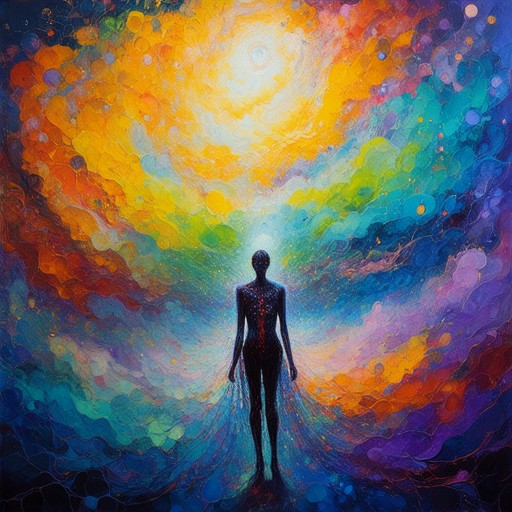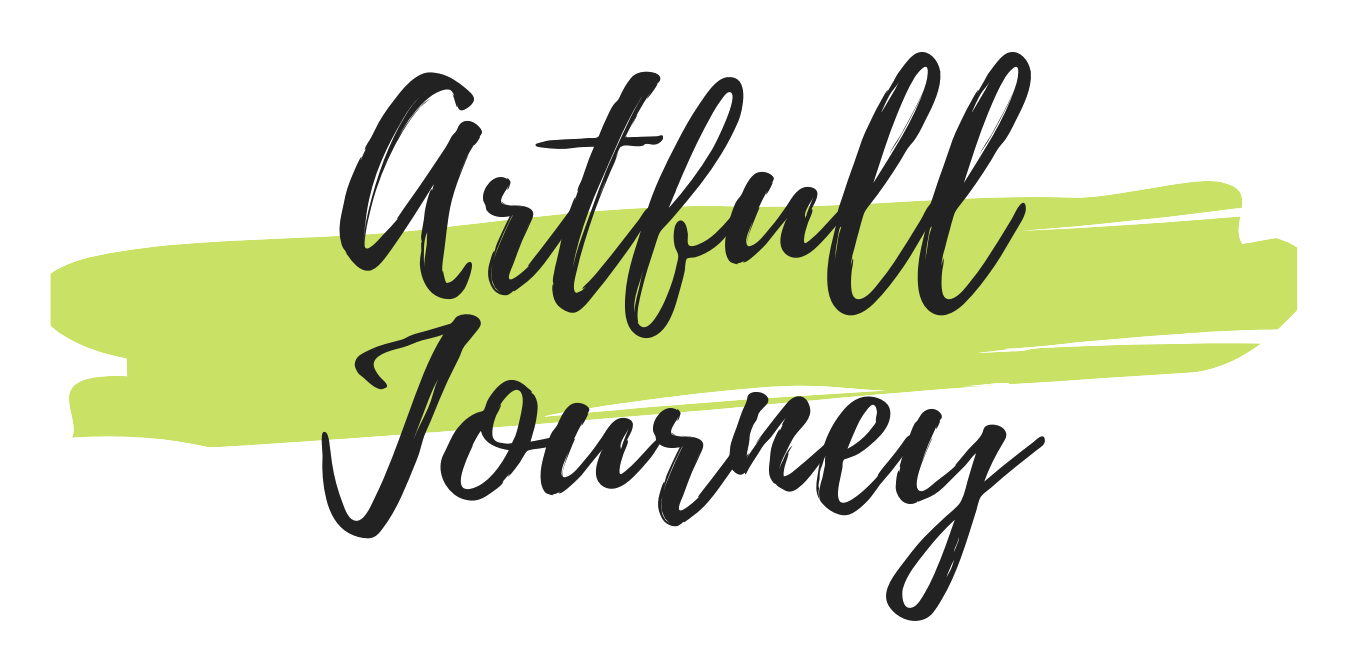Creativity is a cornerstone of innovation and personal growth, yet many struggle to unlock their creative potential. Whether you’re a student brainstorming ideas for a project, a professional seeking fresh perspectives, or someone looking to break through creative blocks, mastering the art of creative thinking is essential. This guide delves into proven strategies and exercises designed to spark original thinking, helping you overcome obstacles and foster a mindset conducive to creativity. From understanding the fundamentals of creative thinking to exploring practical exercises that can be applied in various settings, this comprehensive resource equips you with tools to unlock your creative potential. Discover how to approach problems with fresh eyes, collaborate effectively in teams, and maintain a creative routine that sustains long-term success. Whether you’re aiming to enhance your academic performance, drive business innovation, or simply enjoy the joy of creation, this guide offers actionable steps to master creative thinking exercises and embrace a more imaginative way of life.
Key Takeaways
- Harness Observation to Spark Creativity: Start by noting patterns and elements in your surroundings to ignite creative ideas.
- Experiment Daily to Generate Ideas: Dedicate time to explore random thoughts, even if they seem trivial at first.
- Think Outside the Box Through Brainstorming: Engage in free-flowing sessions to mix unrelated concepts for innovative solutions.
- Explore New Environments to Reignite Creativity: Step out of your comfort zone to expose yourself to fresh stimuli.
- Practice Mindfulness for Clarity: Use meditation to clear your mind and foster creativity.
- Stay Curious and Open-Minded: Approach challenges with curiosity and diverse perspectives to uncover unexpected solutions.
- Use Tools to Organize Ideas: Capture and visualize concepts with journals or digital platforms.
- Collaborate for New Insights: Partner with others to gain varied viewpoints and inspiration.
- Set Realistic Goals for Progress: Break down projects into manageable tasks to stay focused and motivated.
- Embrace Failure as a Learning Tool: View mistakes as growth opportunities in the creative process.
- Seek Inspiration from Various Sources: Draw from art, nature, literature, and technology for creative stimuli.
- Reflect and Iterate for Improvement: Regularly assess your work to identify strengths and areas for refinement.
- Stay Consistent in Practice: Engage in creative activities regularly to develop and sustain your skills.
- Learn from Successful Creators: Study experts for insights and motivation to enhance your craft.
- Explore Creative Processes of Others: Understand different approaches to find new ways to tackle your own challenges.
- Experiment to Find Your Voice: Try new techniques and styles to discover your unique creative path.
- Identify Your Creative Flow: Create an environment that allows you to immerse yourself in your work, losing track of time.

What Are the 4 Cs of Creative Thinking?
The 4 Cs of creative thinking are essential traits that foster innovation and problem-solving. Here’s a breakdown of each:
- Creativity : The ability to generate unique ideas and approach problems from unconventional angles. Creativity involves thinking outside the box and exploring diverse perspectives to find novel solutions.
- Curiosity : A strong desire to explore and learn. Curious individuals ask questions, seek new information, and remain open-minded, which often leads to innovative ideas and discoveries.
- Critical Thinking : Analytical reasoning and evaluation skills. Critical thinkers assess situations, identify patterns, and weigh pros and cons to make informed decisions and refine ideas.
- Collaboration : Working effectively with others to combine diverse skills and perspectives. Collaboration fosters creativity by bringing in different viewpoints and fostering a dynamic problem-solving environment.
By cultivating these traits, individuals can unlock their creative potential and drive meaningful progress in personal and professional endeavors.
What Are the 5 Steps of Creative Thinking?
Creative thinking is a crucial skill that allows individuals to approach problems innovatively and develop unique solutions. While the process can vary depending on the individual and the situation, there are generally five key steps involved in the creative thinking process:
- Preparation: This involves gathering information, researching, and understanding the problem or task at hand. Preparation is essential as it provides a foundation for generating ideas.
- Incubation: During this stage, ideas begin to form as the brain processes information gathered during the preparation phase. This is often a subconscious process where thoughts simmer below the surface.
- Illumination: This is the moment when a new idea or solution suddenly appears. It’s the “aha” moment where creativity breakthrough occurs, often after a period of incubation.
- Evaluation: Once an idea is generated, it’s important to evaluate its feasibility and potential impact. This step ensures that the idea is practical and aligns with the goals at hand.
- Implementation: The final step involves turning the idea into action. This requires planning, resource allocation, and execution to bring the creative concept to life.
By following these steps, individuals can enhance their ability to think creatively and develop innovative solutions. Whether you’re tackling a personal project or addressing a global challenge, mastering these steps can lead to remarkable outcomes.
For more resources and guides on refining your creative process, explore our art supplies guide or discover tips for overcoming creative blocks . Join our community today to share your creative journey and learn from others who inspire us daily!
Don’t forget to check out our portfolio examples for inspiration and see how artists around the world showcase their work. Need advice? Visit our community forums to connect with fellow creatives and share your thoughts.

How to Train Your Mind to Think Creatively
Training your mind to think creatively involves a combination of mental exercises, environmental adjustments, and a willingness to embrace new perspectives. Here are some effective strategies to enhance your creativity:
- Expose Yourself to Diverse Ideas: Engage with a variety of cultures, opinions, and disciplines to broaden your perspective. Read widely, watch documentaries, and explore different art forms to spark innovative thinking.
- PRACTICE LATERAL THINKING:** Practice connecting unrelated concepts. This can be done through activities like journaling, brainstorming, or simply observing nature, which often provides a relaxed setting for creative insight.
- EMBRACE UNCERTAINTY:** View mistakes and failures as part of the creative journey. Many successful creators have learned from rejection, reframing it as a step toward growth and innovation.
- MANAGE YOUR ENVIRONMENT:** Create spaces that encourage creativity. Experiment with quiet, structured environments versus vibrant, stimulating ones to see what fosters your best ideas.
- SHARE AND REFINE IDEAS:** Discuss your concepts with others to gain valuable feedback. Join creative communities or collaborate on projects to refine your ideas and explore new directions.
By consistently applying these strategies, you can unlock your creative potential and approach problems with fresh, innovative solutions. Remember, creativity is a muscle that grows with practice and patience.

How Do I Exercise My Creativity?
We all have the capacity for creativity, but sometimes it feels challenging to harness and develop it. Here are some effective strategies to unlock and nurture your creativity:
- Start with Observation : Begin by observing your surroundings. Take note of patterns, colors, shapes, and textures. This simple act often sparks creativity by exposing you to new ideas and perspectives.
- Experiment with Idea Generation : Set aside dedicated time each day to explore random thoughts or challenges. Write them down as they come, even if they seem insignificant at first.
- Become a Regular Brainstormer : Engage in free-flowing brainstorming sessions. Allow yourself to think outside the box and mix unrelated concepts to see how they might intersect.
- Explore New Experiences : Step out of your comfort zone by trying new activities or visiting unfamiliar places. This exposure can reignite your creative spark.
- Practice Mindfulness : A cluttered mind often stifles creativity. Practice mindfulness or meditation to clear your thoughts and allow fresh ideas to emerge.
- Stay Curious and Open-Minded : Approach problems and challenges with curiosity. Ask questions, seek diverse perspectives, and remain open to unexpected solutions.
- Use Creative Tools : Leverage tools like journals, sketchbooks, or digital platforms to capture and organize your ideas. These tools can help you visualize and explore concepts more effectively.
- Collaborate and Share Ideas : Collaborating with others can provide new angles and inspiration. Share your thoughts with friends, colleagues, or online communities to gain different viewpoints.
- Set Realistic Goals : Break down large creative projects into smaller, manageable tasks. Celebrate progress along the way to stay motivated and focused.
- Embrace Failure as Feedback : Don’t be afraid to take risks. Learning from mistakes is often a crucial part of the creative process and can lead to surprising breakthroughs.
- Seek Inspiration : Look to sources like art, nature, literature, and technology for inspiration. Let these influences fuel your own unique creations.
- Reflect and Iterate : Regularly reflect on your work. Identify what’s working and what isn’t, then adjust and refine your approach accordingly.
- Stay Consistent : Like any skill, creativity benefits from regular practice. Make it a habit to engage in creative activities, no matter how small.
- Learn from Experts : Study the techniques and mindset of successful creators. Their stories and strategies can offer valuable insights and motivation.
- Stay Curious About Process : Explore the creative processes of others. Understanding how they approach challenges can provide new ways to tackle your own.
- Be Willing to Experiment : Try different approaches and styles. Experimentation is key to finding your unique creative voice and pushing boundaries.
- Find Your Creative Flow : Identify the conditions that allow you to lose track of time and immerse yourself in your work. Create an environment that supports this state.
By consistently practicing these strategies, you can develop and sustain your creativity, leading to richer, more innovative outcomes in everything you undertake.
How to Activate Your Creative Brain
To unlock your creative potential, try these proven strategies:
- Maintain a Growth Mindset:** Believe that your abilities can develop through dedication and hard work. Embrace challenges as opportunities to learn and grow.
- Set Clear Goals:** Define what you aim to achieve creatively. Whether it’s a project, skill development, or personal expression, having objectives keeps you focused.
- Embrace Routine:** Consistency is key. Dedicate time daily to your creative pursuits, even if it’s just a short session. Over time, this builds momentum.
- Surround Yourself with Inspiration:** Create an environment filled with tools, resources, and influences that spark your creativity. Visit Artful Journey’s Inspiration Hub for fresh ideas.
- Prioritize Self-Care:** A tired mind isn’t creative. Ensure you’re well-rested, hydrated, and nourished to fuel your creative endeavors.
- Learn from Others:** Study successful creators and artists. Analyze their techniques and approaches to find inspiration and refine your own style. Explore Artful Journey’s Tutorials Section for learning resources.
- Experiment Fearlessly:** Don’t hesitate to try new techniques or styles. Failure is a part of the creative process and often leads to unexpected breakthroughs.
- Join a Community:** Collaborate with others who share your passion. Engage with peers online or locally to gain support, feedback, and motivation. Visit our Artist Community to connect with fellow creatives.
By incorporating these strategies into your life, you can unlock your creative potential and discover new ways to express yourself. Remember, creativity is a muscle that grows with use. Keep experimenting, learning, and enjoying the journey!

How to Kickstart Your Creativity
Creativity is a powerful tool that can be harnessed through deliberate practice and mindset shifts. Here are proven strategies to unlock your creative potential:
- Set Clear Intentions – Define your creative goals and what you aim to achieve. Whether it’s painting, writing, or designing, having a clear purpose keeps you focused.
- Explore Diverse Perspectives – Engage with various art forms and cultural influences to broaden your creative horizons. This exposure can spark new ideas and approaches.
- Embrace Failure as Feedback – View mistakes as opportunities to learn and grow. Every unsuccessful attempt brings you closer to success.
- Practice Mindfulness Daily – Dedicate time to meditation or mindfulness exercises to clear your mind and foster creativity.
- Collaborate with Others – Working with different people challenges your thinking and introduces fresh ideas, often leading to innovative outcomes.
- Use Artful Resources – Explore platforms like Artful Journey for tutorials, inspiration, and community support.
- Experiment Regularly – Try new techniques and materials to see how they can enhance your work. Embrace the unknown to discover new creative paths.
- Seek Inspiration Widely – Look beyond your immediate field to artists, writers, and thinkers from different disciplines for unique creative stimuli.
- Stay Curious and Playful – Approach creativity with curiosity and a sense of play. Keep asking questions and experimenting to keep your work fresh.
By integrating these strategies into your routine, you can unlock your creativity and achieve extraordinary results. Remember, creativity is a journey, and every step forward is a victory.




0 Comments